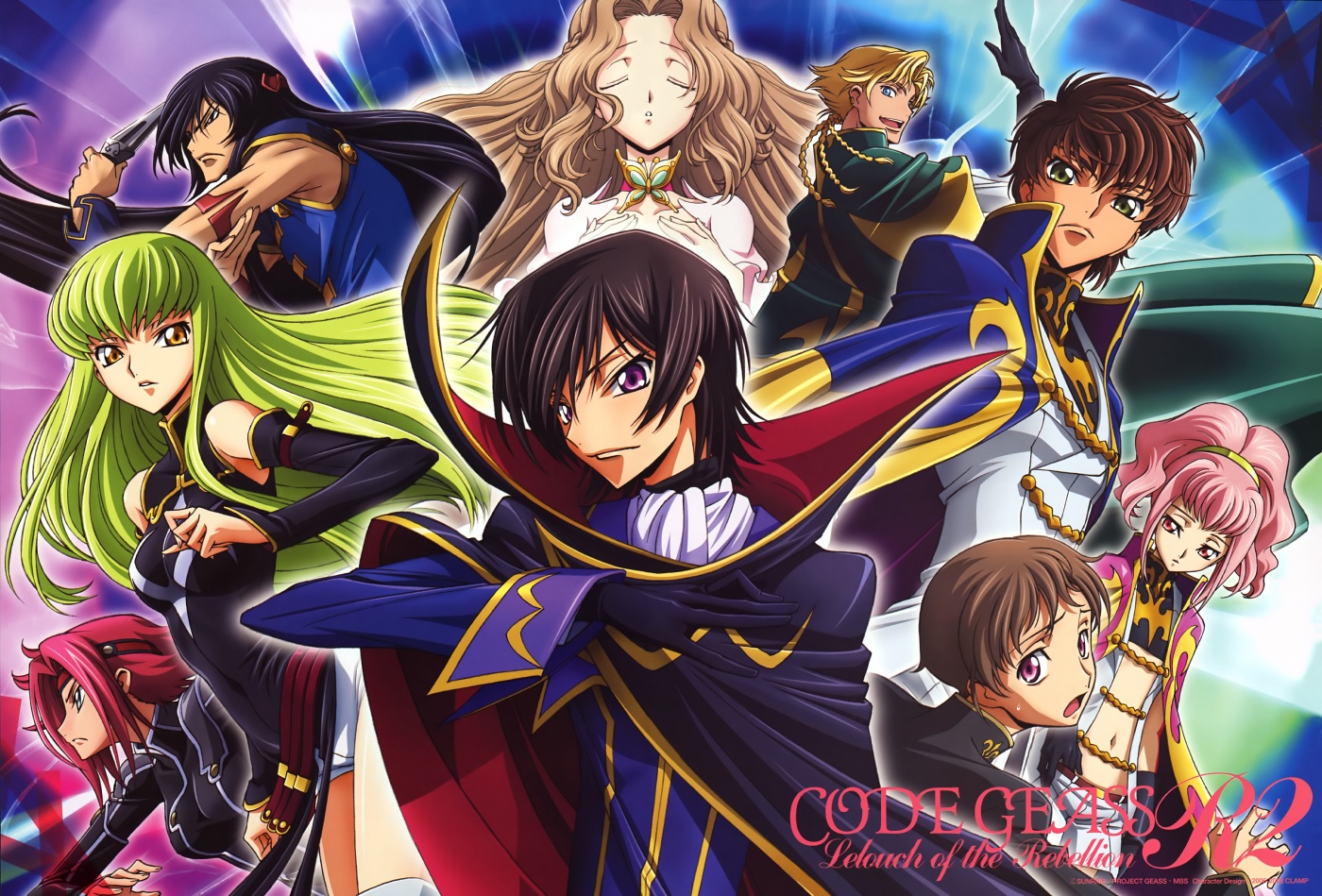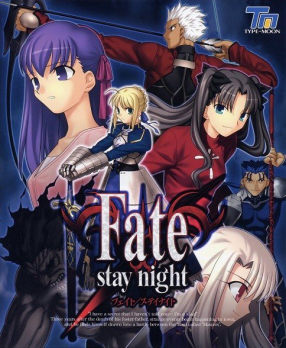I've always greatly enjoyed learning about characters, settings, and stories from different mythologies throughout human history; I especially enjoy seeing how these mythologies have been adapted in more modern times, particularly in forms of media that I enjoy. As such, I've decided to start taking a brief look at mythologies adapted in anime, starting with Celtic mythology.
While many aspects of the plot of Code Geass are derived from Arthurian legend (a subject for discussion another time, perhaps), the titular ability of the series, the Geass, actually comes from the Celtic concept called "geis". A geis was originally depicted as a kind of obligation or taboo, depending on the context; essentially, a person placed under a geis was required to behave in a certain way or face a severe punishment, typically either a very harsh dishonoring or even potentially death. This is a little different from the Geass in Code Geass, which quite literally forces a person to behave in a particular way with them being physically unable to resist, but it is easy to see how the original concept was adapted into the anime.
While many aspects of the plot of Code Geass are derived from Arthurian legend (a subject for discussion another time, perhaps), the titular ability of the series, the Geass, actually comes from the Celtic concept called "geis". A geis was originally depicted as a kind of obligation or taboo, depending on the context; essentially, a person placed under a geis was required to behave in a certain way or face a severe punishment, typically either a very harsh dishonoring or even potentially death. This is a little different from the Geass in Code Geass, which quite literally forces a person to behave in a particular way with them being physically unable to resist, but it is easy to see how the original concept was adapted into the anime.
Durarara! actually adapts several aspects from Celtic mythology, but the one that involves the least number of spoilers is definitely the involvement of a dullahan in the plot. A dullahan is a type of fairy in Celtic mythology that takes the appearance of a headless rider on a black horse, carrying their head under one of their arms as they ride; it also quite common for said horse to be pulling a wagon made of both funeral objects and human remains. While we don't get to see an adaptation of the wagon, Durarara! does present a very interesting take on the rider and the horse: the rider is actually a motorcyclist with a black jumpsuit riding an all-black motorcycle, their lack of a head concealed by a yellow motorcycle helmet with a reflective visor. Also interesting is how the character is specifically referred to as a dullahan hailing from Ireland, though getting more into that would unfortunately spoil some of the plot.
The Fate series makes heavy use of various mythologies, with two central characters in both Fate/stay night and Fate/zero originating in Celtic mythology. Specifically, the Lancer characters from each title are actually the heroes Cu Chulainn and Diarmuid Ua Duibhne, respectively from Fate/stay night and Fate/zero. While many creative liberties are taken with the personalities of these characters, the adaptations do retain both of their legendary skill with spears and their famous weapons: the single spear Gae Bolg for Cu Chulainn and the two spears Gae Buidhe and Gae Dearg for Diarmuid, all of which were known for creating wounds that could not be healed. And naturally, what with these quite literally being mythological characters, several references and mentions are made of their past histories and various legends.



No comments:
Post a Comment